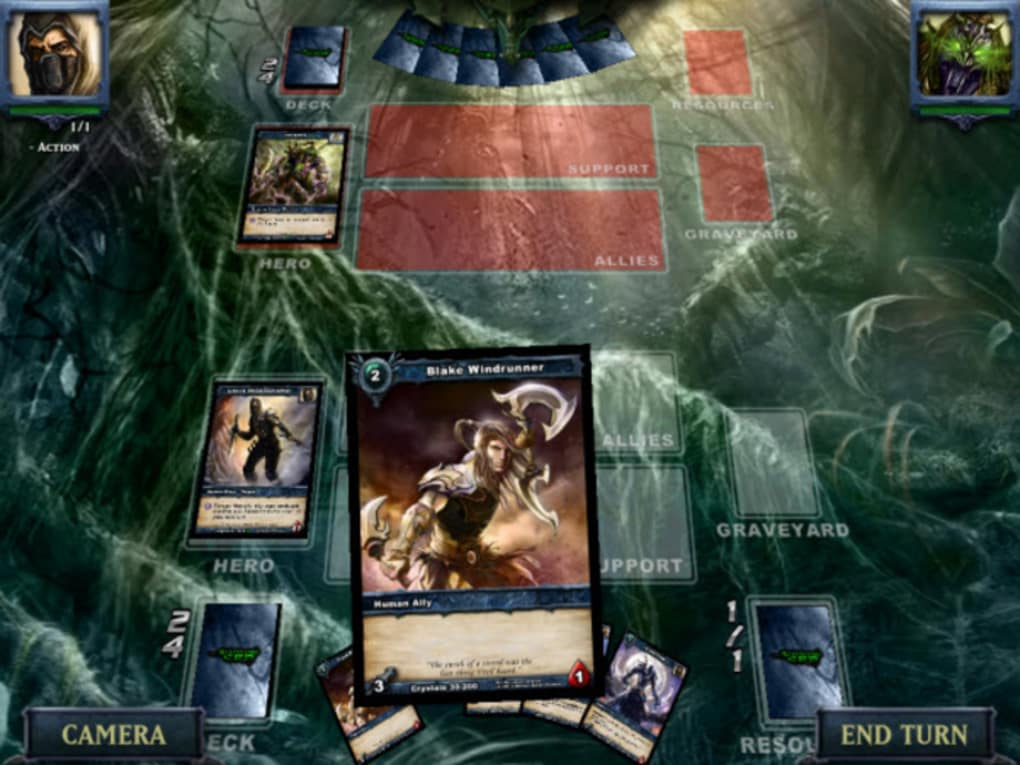

President Washington sent him to Paris in 1796 to explain the controversial and pro-British Jay Treaty. Monroe’s pre-presidency diplomatic labors in Europe were not particularly successful. When Jefferson learned of the Missouri Compromise in retirement at Monticello, he said it was “the death knell” of the republic-because it created two Americas, one slave, the other free, separated by an artificial line of latitude. After that compromise broke down in 1854, the Civil War became essentially inevitable. It also banned slavery from any new states carved out of the Louisiana Purchase territory north of the southern border of Missouri (parallel 36☃0′ north).
SHADOW ERA STORE FREE
In 1820, after long and acrimonious debate, Congress passed the Missouri Compromise, which brought Maine in as a free state and Missouri as a slave state at the same time, thus maintaining the fragile sectional balance in the Senate. The Adams-Onís Treaty pieced out the eastern flank of the United States, gave us firm control of the Gulf of Mexico and increased American power over the Caribbean.

In 1819 the United States finally obtained The Floridas (the current state of Florida and the gulf coast all the way to the Mississippi River). Two momentous events occurred during Monroe’s presidency. He was also the last of the Founding Fathers to be president of the United States. Monroe was the last president to wear breeches rather than trousers. From the frank, honest expression of his eye I think he well deserves the encomium passed upon him by the great Jefferson, who said, ‘Monroe was so honest that if you turned his soul inside out there would not be a spot on it.’” Discord does not belong to our system.” What?!Ī woman who attended President Monroe’s 1825 New Year’s reception at the White House wrote, “He is tall and well formed. In his inaugural address, Monroe said it was “gratifying to witness the increased harmony of opinion which pervades our Union. Thus, political pettiness created a new American norm that continues to this day, more than 200 years later. Apparently, Speaker of the House Henry Clay of Kentucky refused to permit Monroe to speak inside the Capitol because he had been overlooked for the position of secretary of state. Monroe was the first president to deliver his inaugural address outside the Capitol. Even in his lifetime, Monroe’s eight-year tenure was labeled the Era of Good Feeling. The Federalist Party (the party of Hamilton and John Adams) had simply disappeared. A single electoral vote was cast for John Quincy Adams, merely to prevent Monroe from compromising George Washington’s status as the only unanimously elected president. Standing for re-election in 1820, he was essentially unopposed. Monroe won in a landslide: 183-34 in the Electoral College. Monroe’s opponent was Massachusetts’ high Federalist Rufus King, whose running mate John E. Monroe’s vice presidential running mate in 1816 was a man named Daniel Tompkins, the governor of New York, now entirely swallowed up by historical oblivion. Monroe was one of the eight presidents from Virginia: Washington, Jefferson, Madison, Monroe, William Henry Harrison, John Tyler, Zachary Taylor and Woodrow Wilson. The three came to be known as “ the Virginia Dynasty.” They presided over the United States for a quarter century. Then Jefferson and Madison hand-picked Monroe, who served from 1817 until 1825. Then he hand-picked his successor James Madison, his closest friend and his secretary of state. And he was the fifth president of the United States. He was the American minister to England and the American minister to France.

He was the 12th and the 16th governor of Virginia. He was a member of the Confederation Congress (before the Constitution of 1787). Monroe’s political career was illustrious. We now know that Monroe was actually in another, earlier boat, that nobody was standing, and the flag depicted in the famous painting was not fashioned until 1777. There he is in Emanuel Leutze’s heroic 1851 painting, standing next to Washington in the crowded boat and holding up the American flag. This article will discuss Emanuel Leutze’s painting about this event, titled Washington Crossing the Delaware (1851). During the American War of Independence, Christmas night of 1776 was a monumental undertaking for George Washington and his troops who crossed the Delaware River to siege the Hessians.


 0 kommentar(er)
0 kommentar(er)
